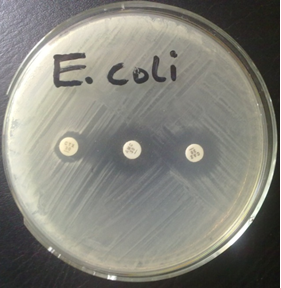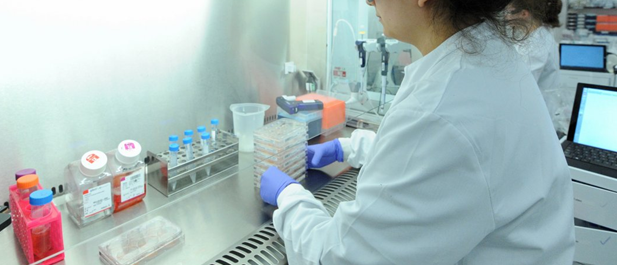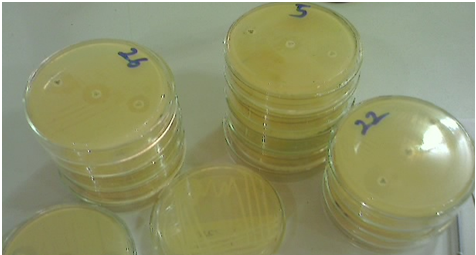Vancomycin resistance in Enterococci
Enterococcus (plural: Enterococci) is a group of bacteria that is normally found in the intestines of humans and many animals. Two species of Enterococci, which are found in the body of healthy individuals, are Enterococcus faecalis and Enterococcus faecium. Both E. faecalis and E. faecium are associated with human diseases; and they are mostly involved […]
Vancomycin resistance in Enterococci Read More »
Antibiotic Resistance / Antimicrobial Resistance (AMR), Pharmaceutical Microbiology









